Countdown: 2013's Wildest Weather
The Year of Extremes
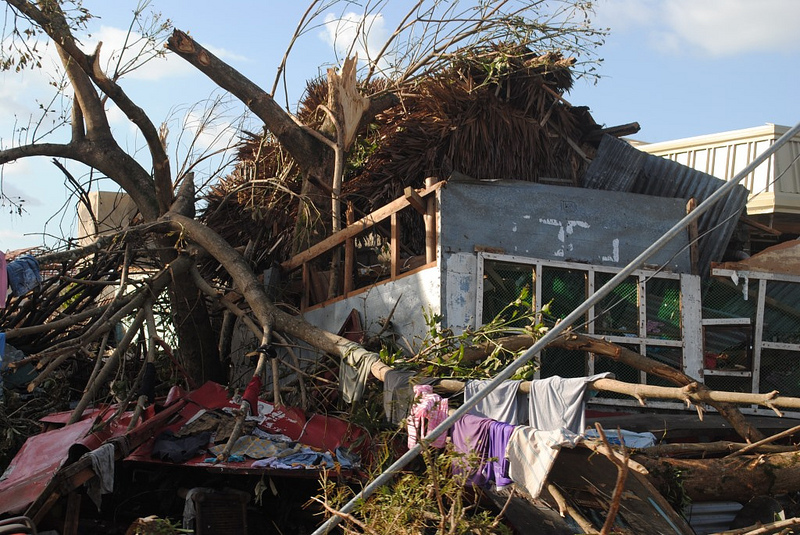
This year was one of the warmest on record. The extra heat helped fuel devastating weather worldwide, such as raging wildfires and widespread droughts. Typhoons and tornadoes took a terrible toll in 2013, despite a dearth of tropical storms and twisters in many parts of the world. Here, LiveScience counts down seven extremes from 2013's wildest weather, in roughly chronological order.
Europe floods
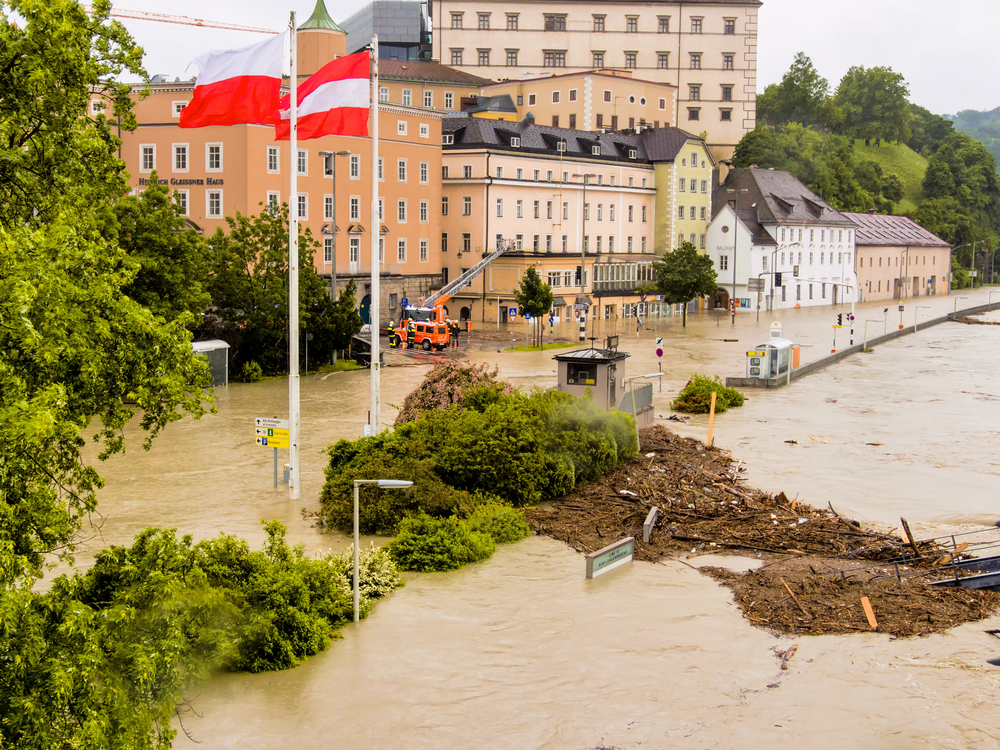
Heavy rains in May and early June flooded parts of central Europe. It was the most extensive flooding along the Danube and Elbe rivers since 1950, according to the World Meteorological Organization.
Tornado tranquility
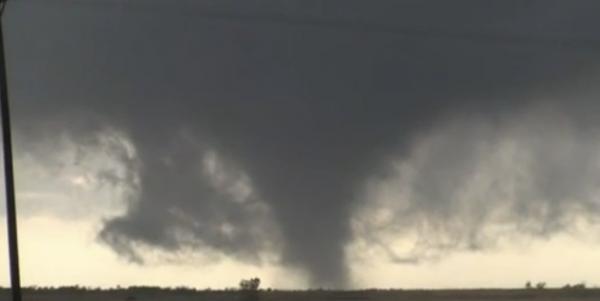
This was the second year in a row of below-average tornado activity in the United States. As of the most recent December statistics, there were 928 preliminary tornado reports for the year, according to the National Weather Service's Storm Prediction Center. Since 1993, the United States has averaged more than 1,250 twisters each year, according to NWS record keeping. The two biggest months for tornadoes in 2013 were May and November — both traditionally known for spikes in activity. During these seasonal transition months, cold and warm air crashes together above the central United States, creating thunderstorms and the ideal conditions for tornadoes.
Oklahoma tornadoes
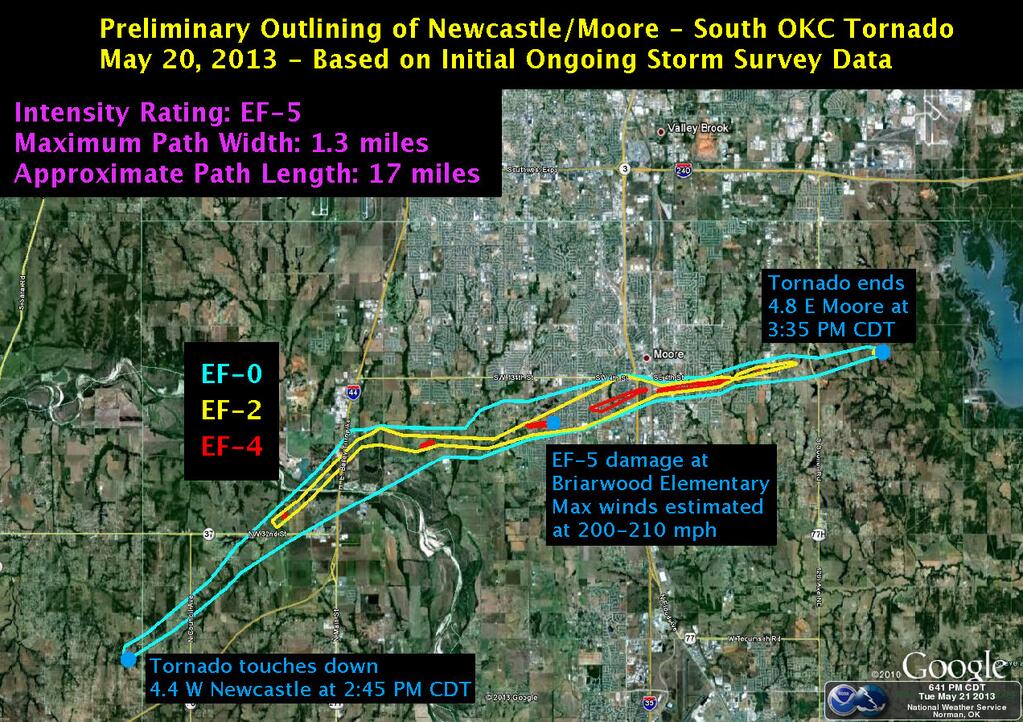
Though 2013 was a slow year overall for tornadoes, two monster twisters swept through Oklahoma in May. First, an EF-5 (the strongest rating on the Enhanced Fujita rating scale) carved through Moore, Okla., near Oklahoma City, killing more than 50 people, including several children in a badly hit school. Peak wind speeds topped 210 mph (340 km/h), making this the strongest tornado on record.
Just days later, another powerful tornado devastated the Oklahoma City suburb of El Reno. The twister was also rated as an EF-5 with winds topping 200 mph. Another record-breaker, National Weather Service storm surveyors said the tornado carved a path 2.6 miles wide (4 km), making it the widest tornado in history.
Australian heat wave and wildfires
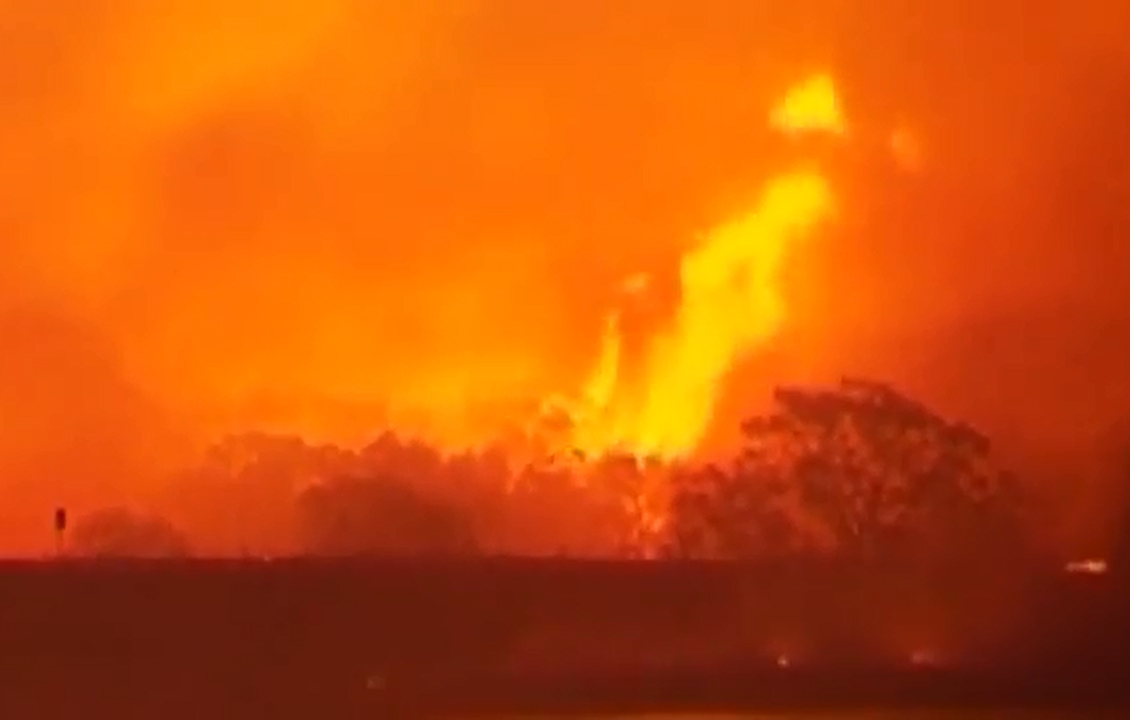
Australia kicked off the New Year with a horrible heat wave. January 2013 was the hottest month on record across the continent, with temperatures regularly hitting 118 degrees Fahrenheit (48 degrees Celsius). Warmer-than-average temperatures continued through the year, and by October, forests in the state of New South Wales were tinder dry. Massive bushfires flared in October, driven by strong winds. Two people were killed and almost 250 buildings were destroyed during the month-long series of blazes.
Slow hurricane season
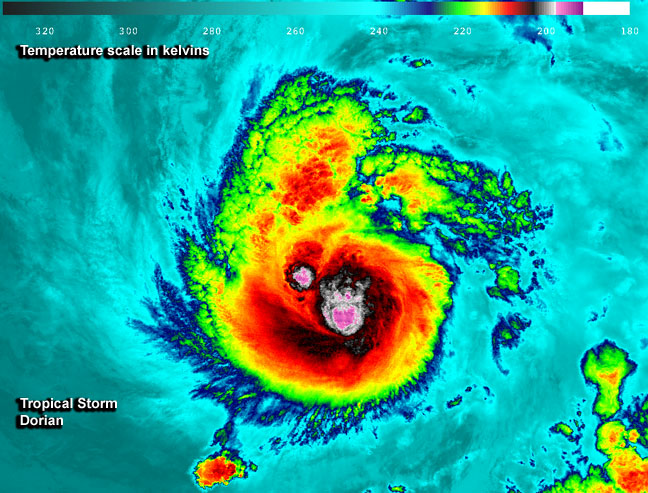
After 2012's battering by Hurricane Sandy, the slow hurricane season of 2013 came as a relief for residents of the Atlantic coast states. Only 13 named tropical storms formed in the Atlantic Ocean this year, and just two grew into hurricanes, according to the National Weather Service. Though conditions, such as warm ocean temperatures, appeared ripe for a strong hurricane season early in 2013, dry air and strong wind shear in the Atlantic kept storms from reaching hurricane strength.
Super Typhoons

Though the atmosphere above the Atlantic Ocean bashed apart budding hurricanes, it was a different story in the Pacific basin. By early November, 30 major tropical storms had appeared, fueled by warm sea surface temperatures and favorable winds. Three typhoons each caused more than $1 billion in pesos in damages in the Philippines in 2013.
One of these storms was Super Typhoon Haiyan, which killed more than 6,000 people in the southern Philippines and may have been the most powerful cyclone to make landfall in recorded history. Nearly 4 million people lost their homes or were temporarily displaced, according to Philippine government officials.
Colorado flooding
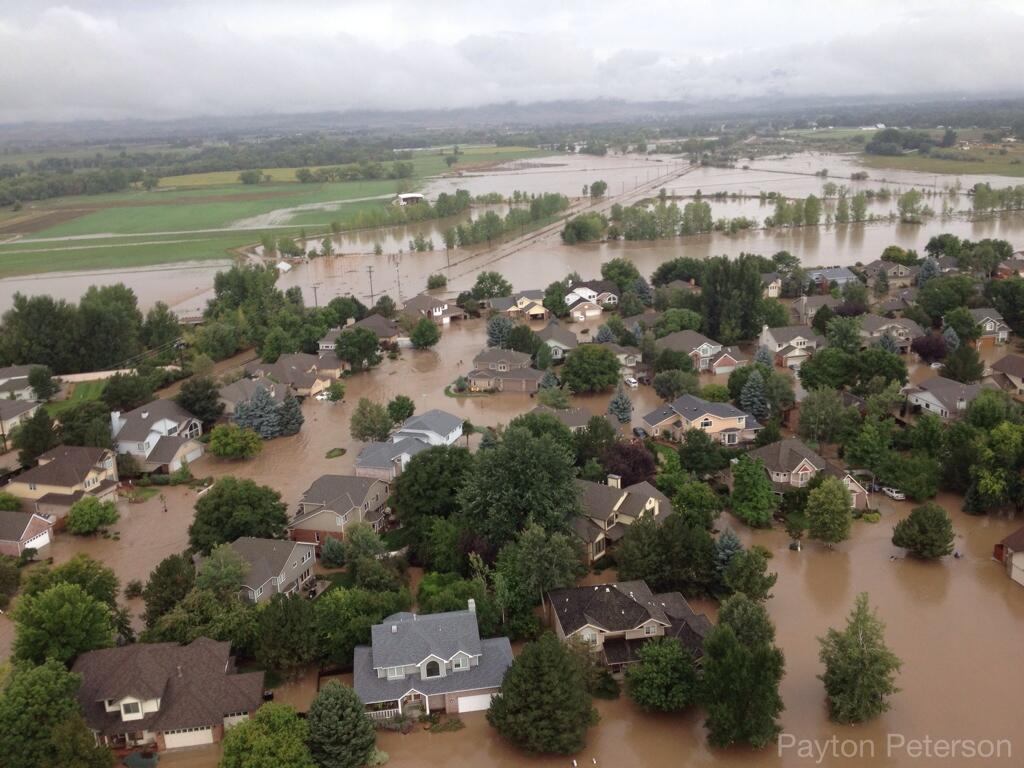
Massive floods and landslides triggered by heavy September rains destroyed thousands of homes and buildings in 2013's Colorado floods. Eight people died in the raging streams and rivers. Boulder saw more than 7 inches (18 centimeters) of rain in one day. Foothill towns such as Lyons, Colo., were cut off from the outside world as roads snaking through canyons were completely washed away.
Email Becky Oskin or follow her @beckyoskin. Follow us @livescience, Facebook & Google+.
Sign up for the Live Science daily newsletter now
Get the world’s most fascinating discoveries delivered straight to your inbox.











